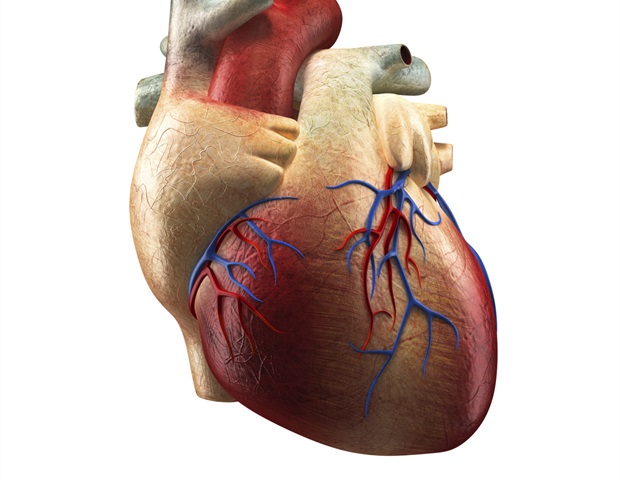The advantages of full revascularization over culprit-only coronary artery revascularisation have been confirmed in older sufferers with ST-segment elevation myocardial infarction (STEMI) and multivessel illness over the primary 4 years, in response to late-breaking analysis offered in a Scorching Line session at present at ESC Congress 2024.
Treating perpetrator and non-culprit lesions with full revascularisation is the usual remedy for sufferers with STEMI and multivessel illness. Nonetheless, this technique is at the moment underused in older sufferers and the advantages of full revascularisation in contrast with culprit-lesion solely revascularisation stay a subject for debate. We carried out the EARTH-STEMI meta-analysis of information from sufferers aged 75 years or older included in a number of completely different trials and have been in a position to verify the advantages of full revascularization within the first 4 years after the occasion."
Professor Gianluca Campo, examine presenter from the College Hospital of Ferrara, Ferrara, Italy
Latest trials, such because the COMPLETE trial demonstrated the prevalence of full revascularisation in sufferers with STEMI and multivessel illness. The FIRE trial then confirmed the advantages in older sufferers at 1 12 months however included sufferers with both STEMI or non-STEMI. The person patient-level EARTH-STEMI meta-analysis mixed information on outcomes from older sufferers with STEMI from a number of trials to increase the information base in a bigger group of older sufferers with longer follow-up.
Within the meta-analysis, databases have been systematically searched to establish randomised medical trials evaluating full vs. culprit-only revascularisation in sufferers with MI and multivessel illness. Particular person patient-level information have been collected from the chosen trials for sufferers aged 75 years or older with STEMI. The first endpoint was a composite of dying, myocardial infarction, and ischaemia-driven revascularization. The important thing secondary endpoint was cardiovascular dying and myocardial...
Show more

0 Comments